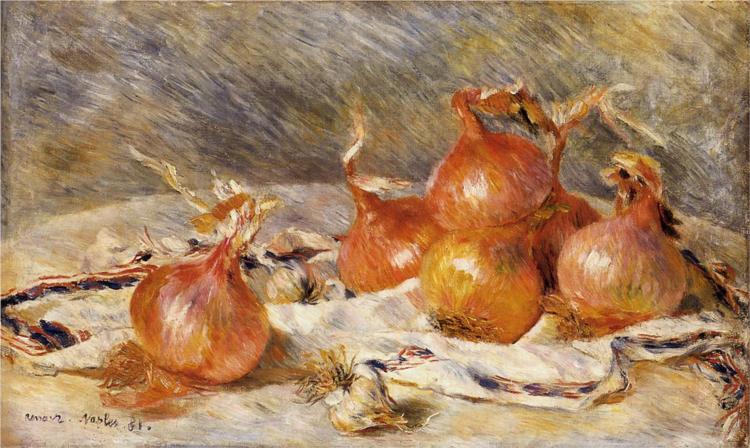When we observe an object from nature in its original state, whether it is a stone, a shell, or a feather, we grasp something that has had millions of years to acquire its form. A feather, when observed closely, will reveal intricate aerodynamic design, just as a grain of sand, when magnified, reveals luminous, jewel colored crystals. Paying close attention to an object from nature reveals powerful information about the formation of the universe. An astronomy professor, Barry Madore, used to ask his graduate students to spend a month examining ordinary sand. The students were disappointed, until he said, “What if this sand were from Mars?” Everything on the Earth has the potential to reveal powerful information. Your concentration will open the door.

Creative Writing Prompt
Choose an object from nature that has not been altered by human beings: i.e. an orange, egg, rock, feather, tooth, bone or pinecone. Place the object in front of you on a table. Observe, examine, and experience the object with all of your senses: smell, peel, cut, rattle, taste, smear and crack. Write down everything you’ve discovered. Welcome tangents and new ideas. Let them lead you into new territory but stay with your object. Generate “footage.” Finally, edit what you’ve written. Look for the best phrases, the strongest moments, and find the form best suited to your ideas. Was it a poem? A series of questions? The answer will vary depending on your mood. This “etude” will refine your ability to observe and discover.
